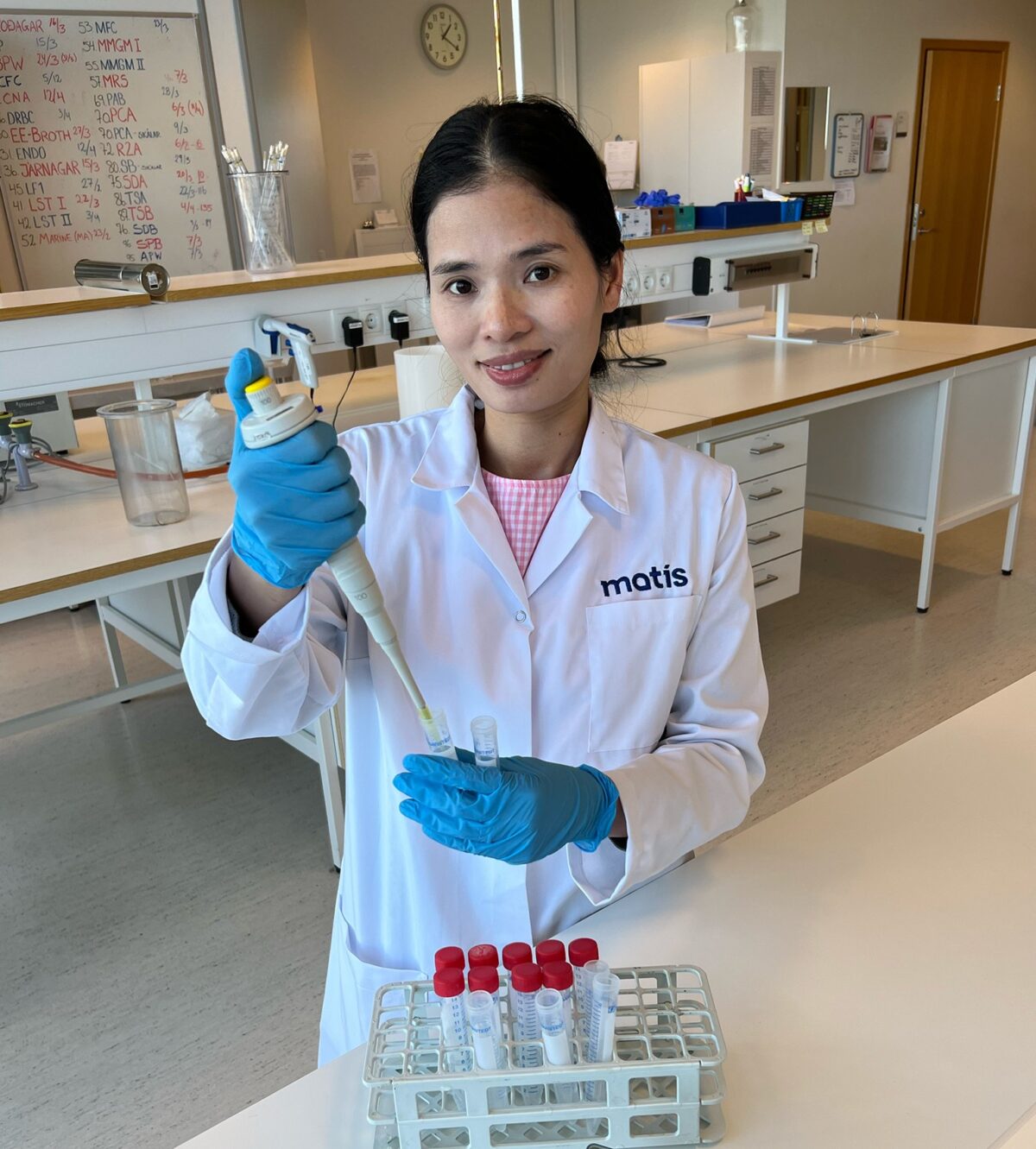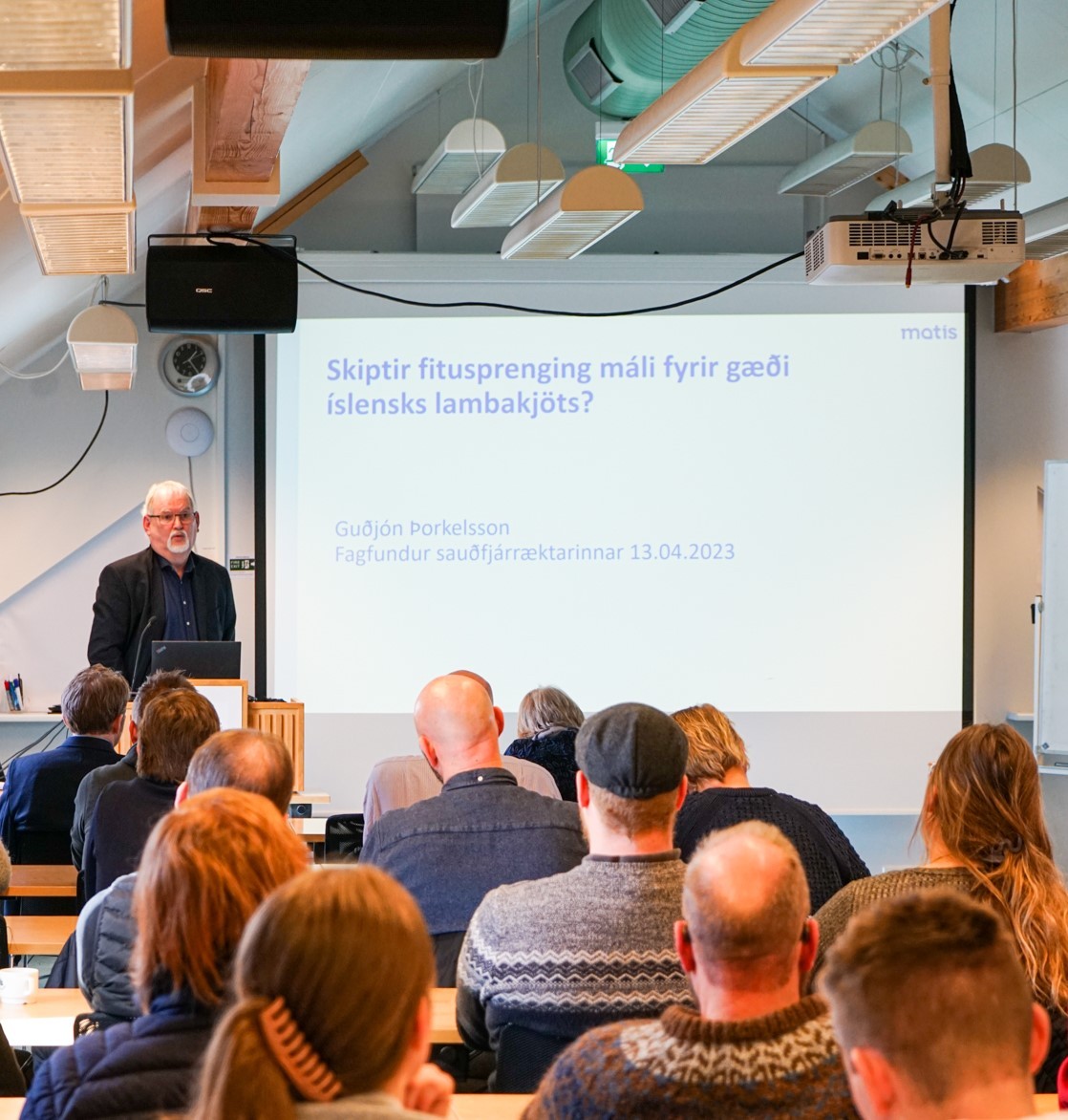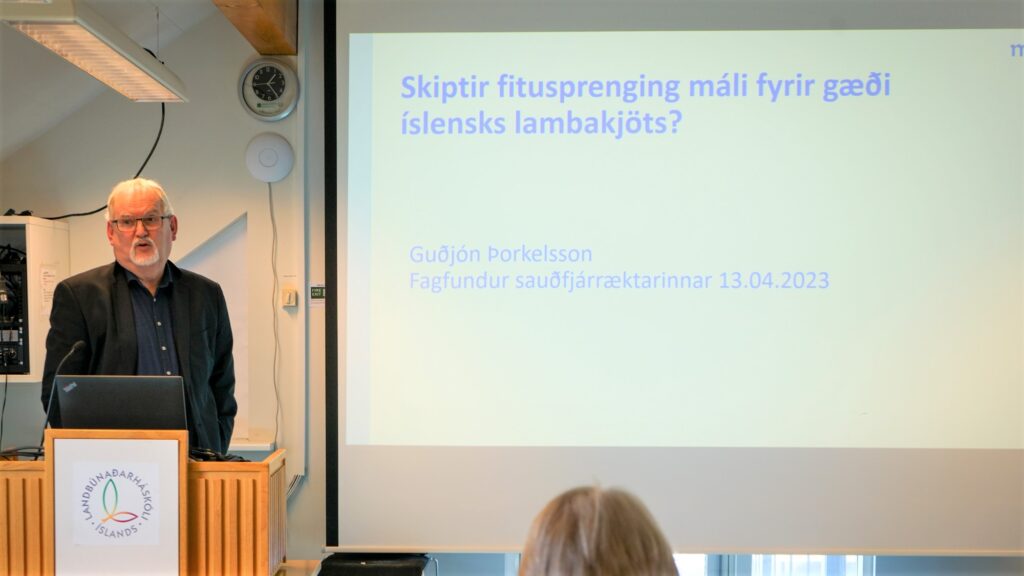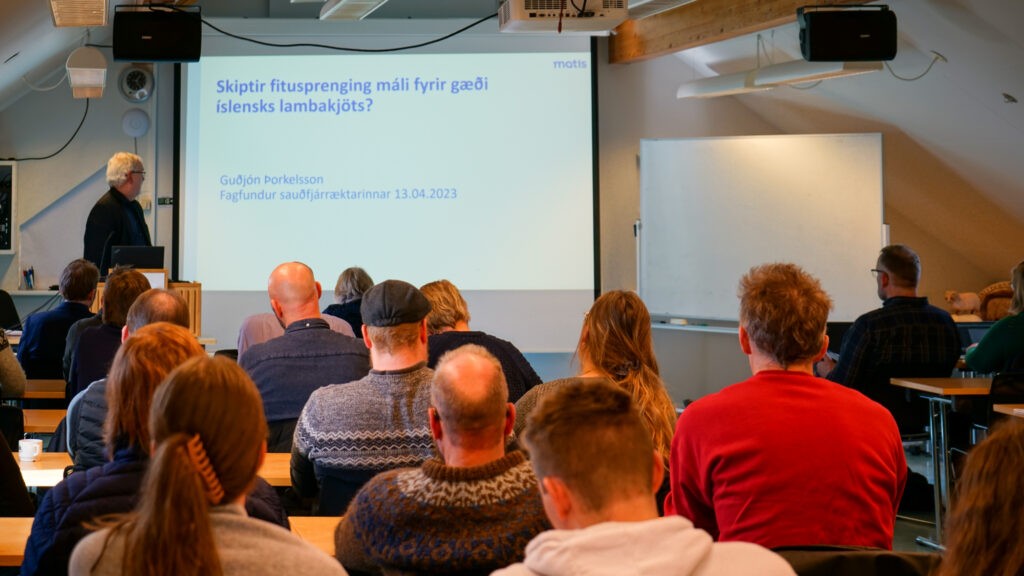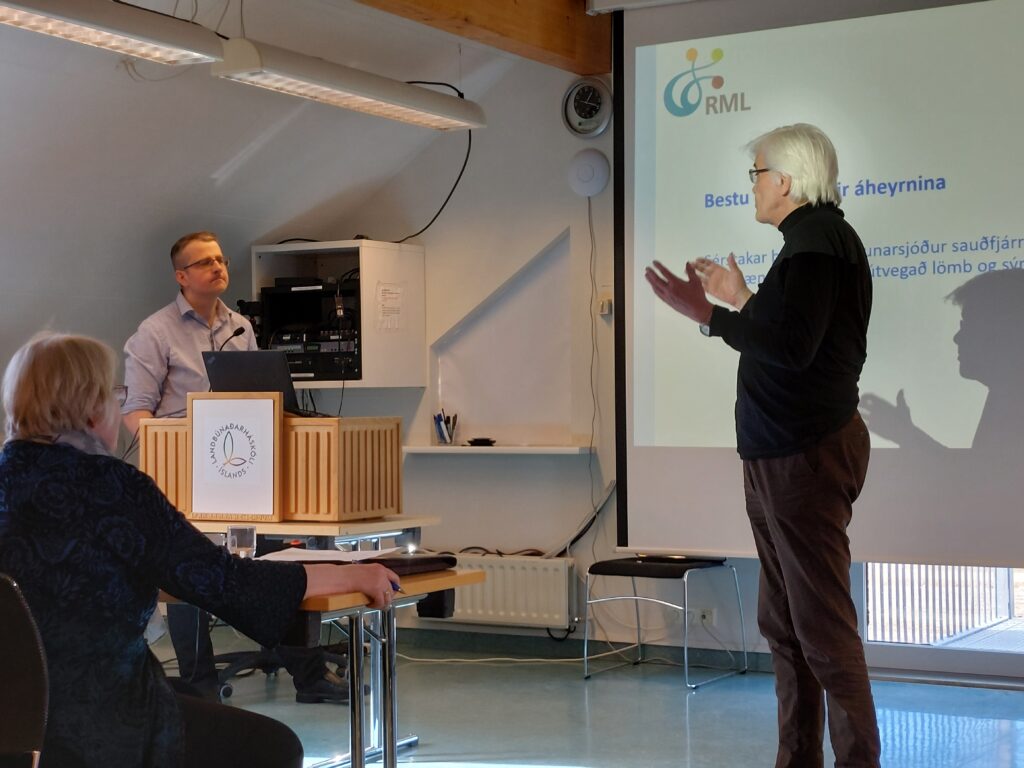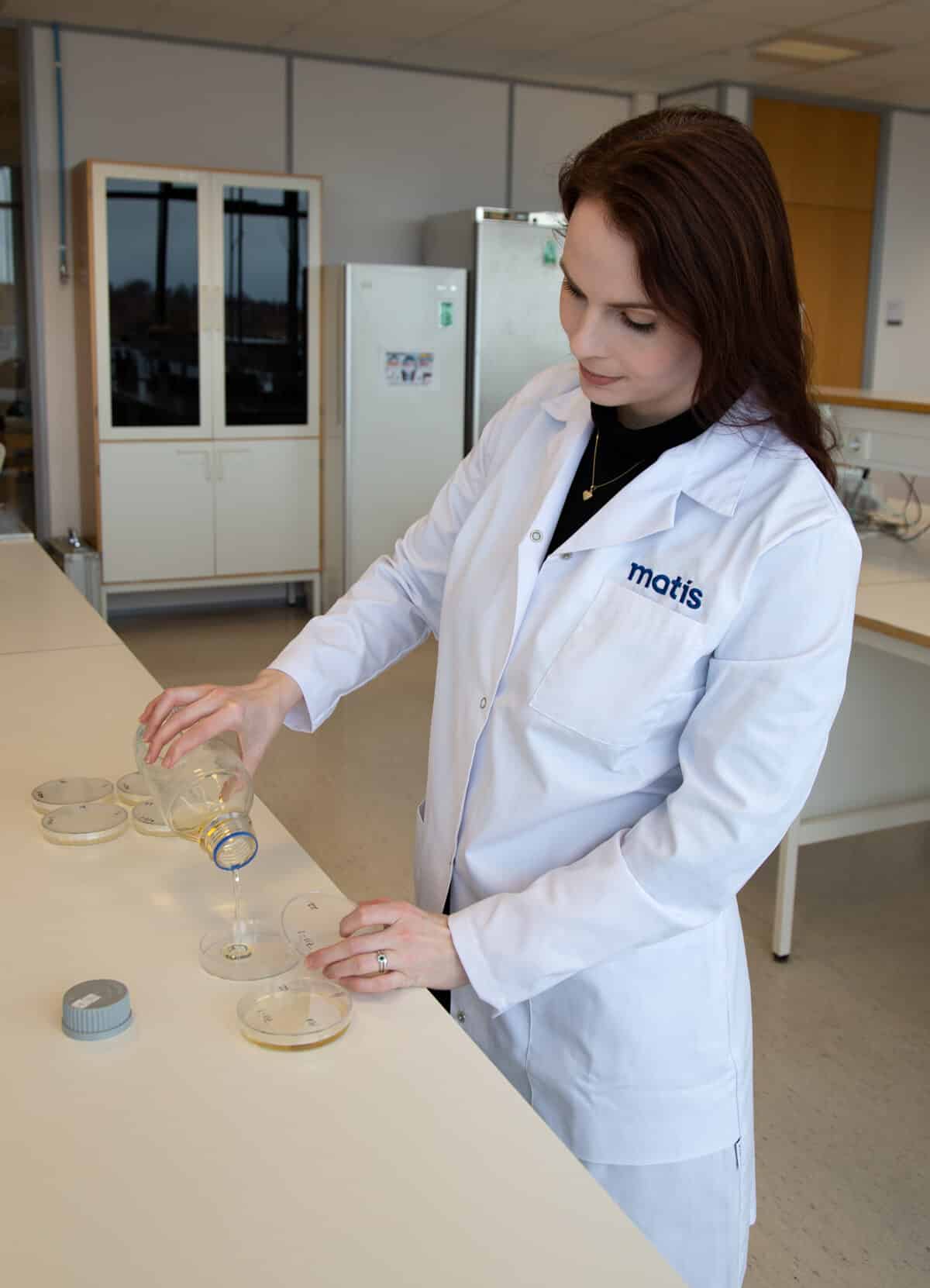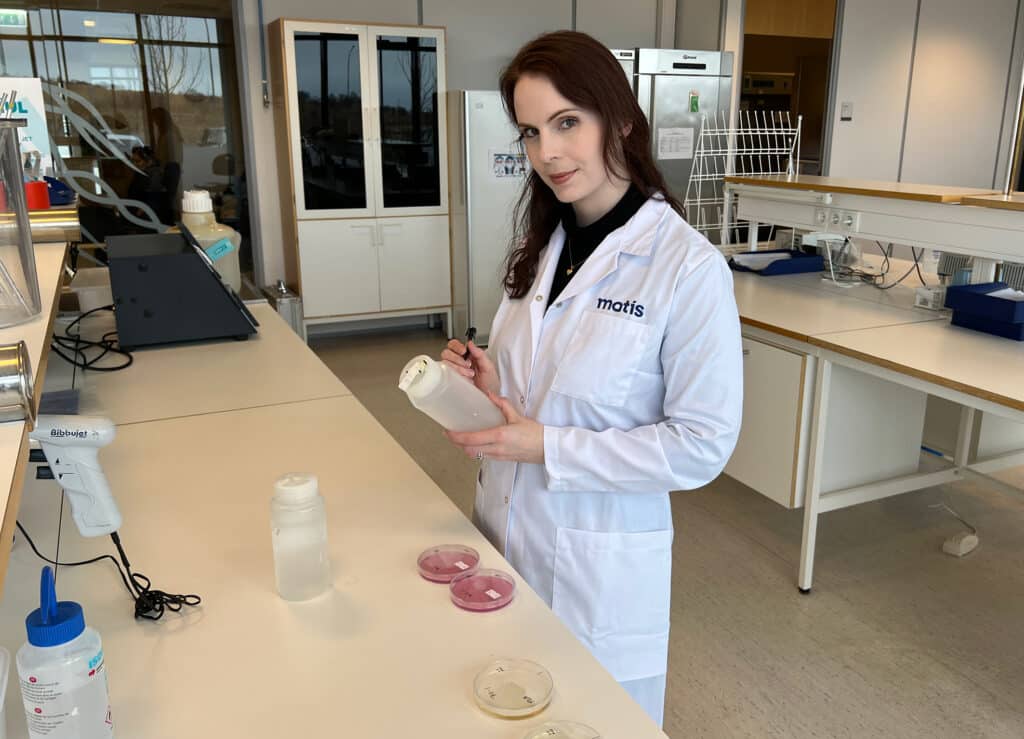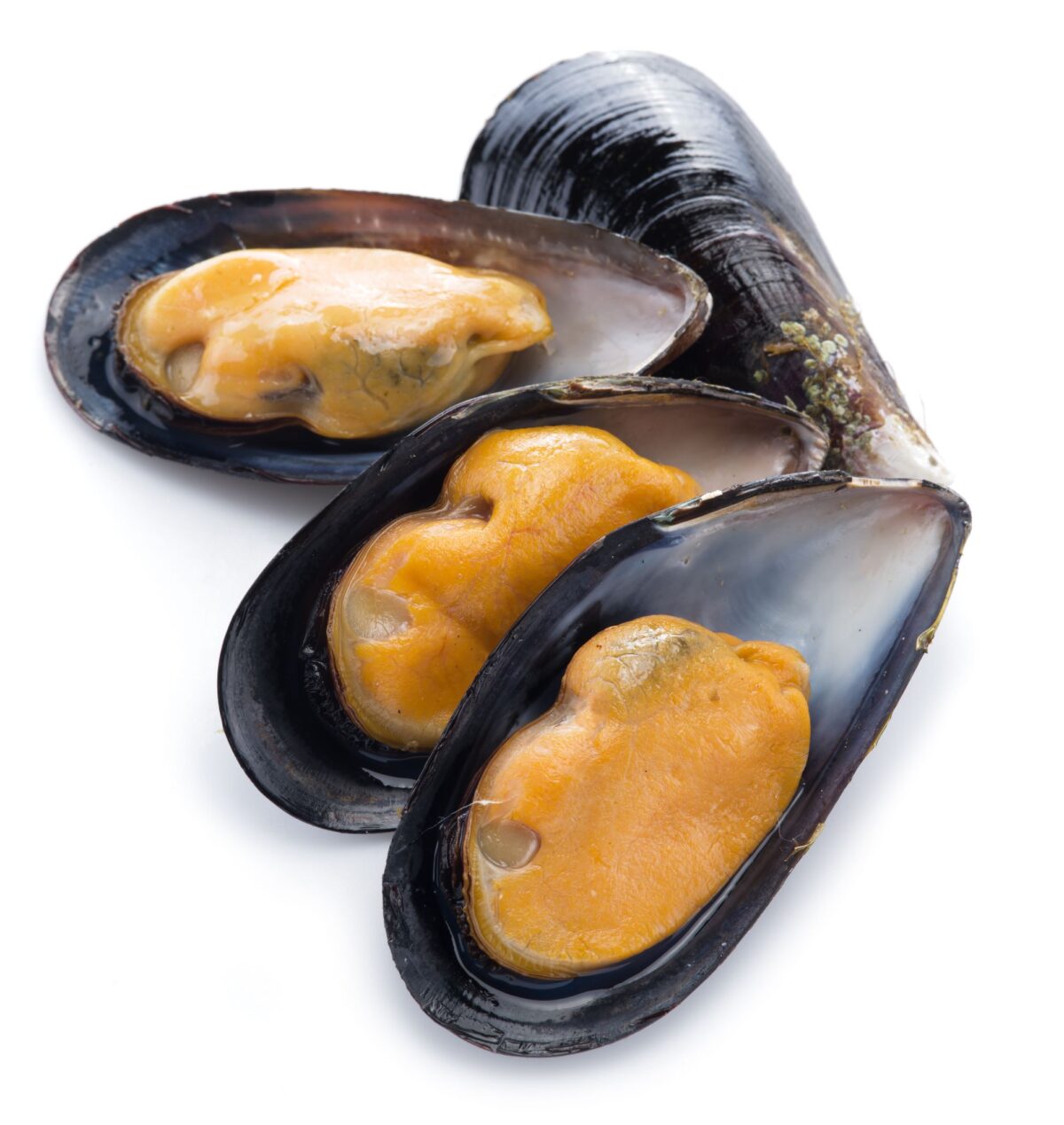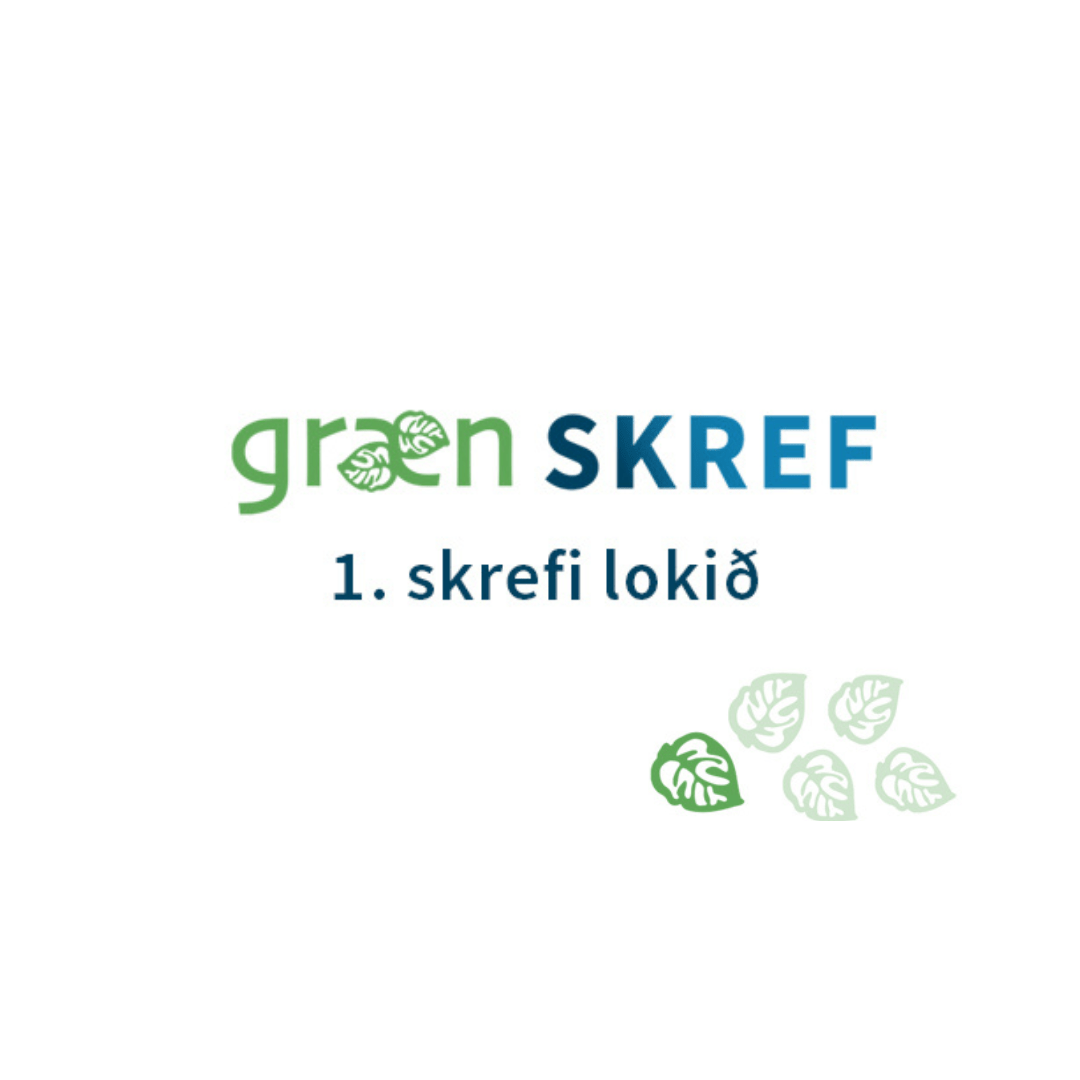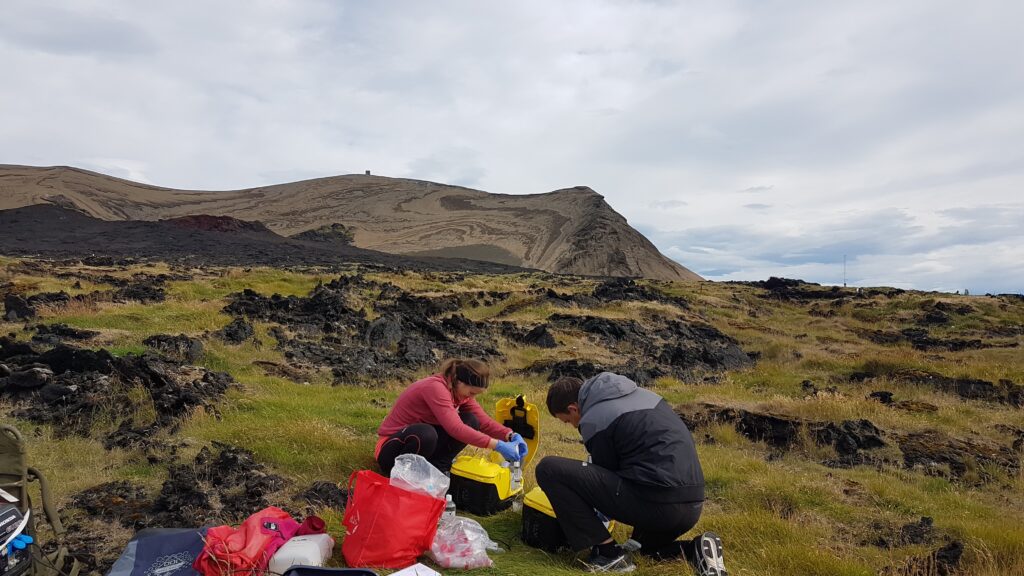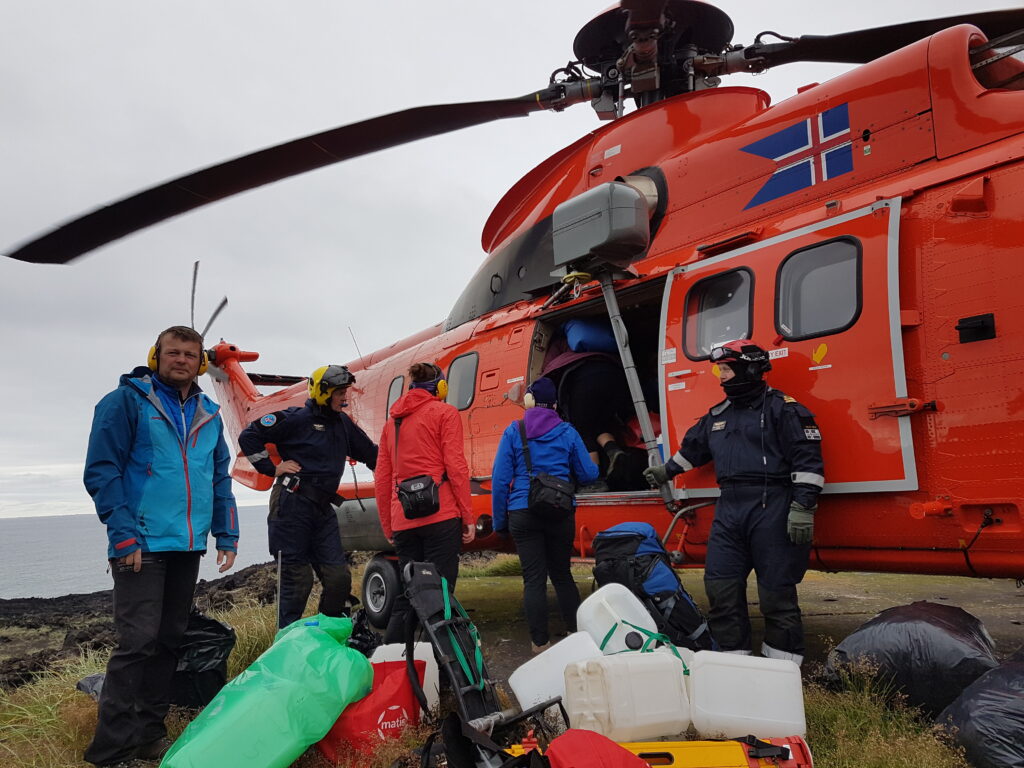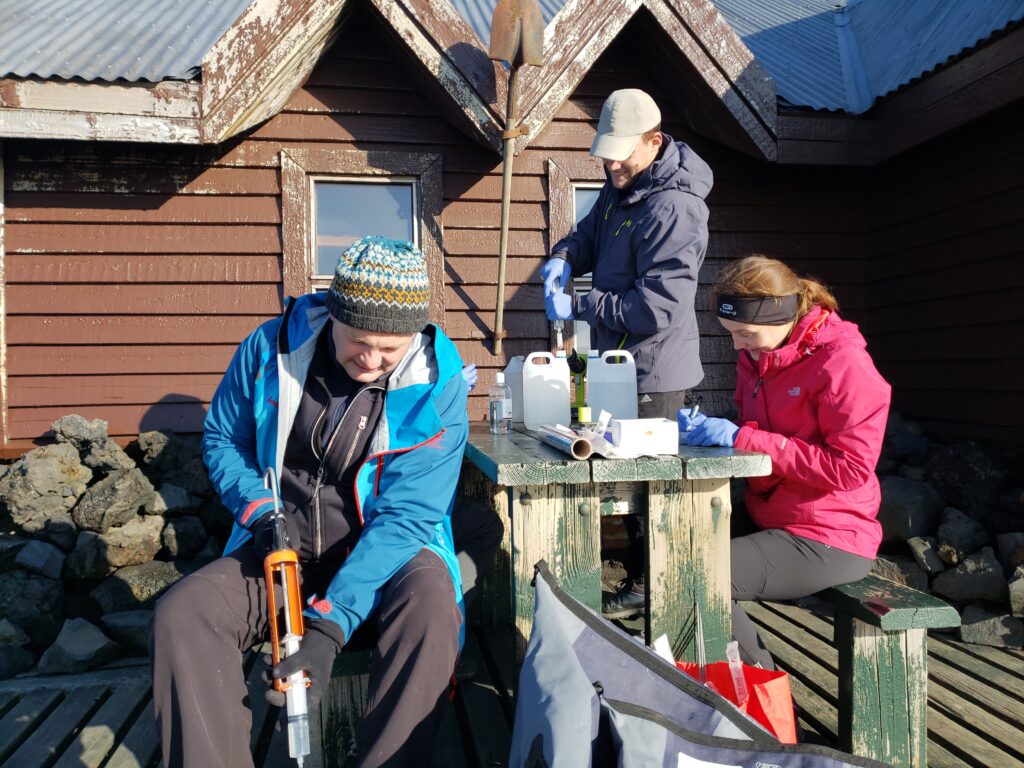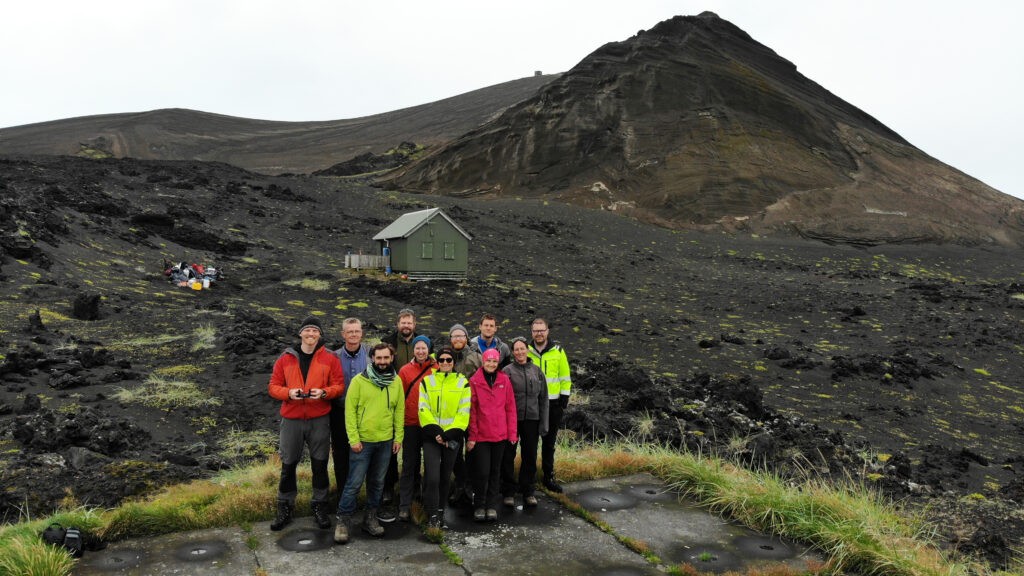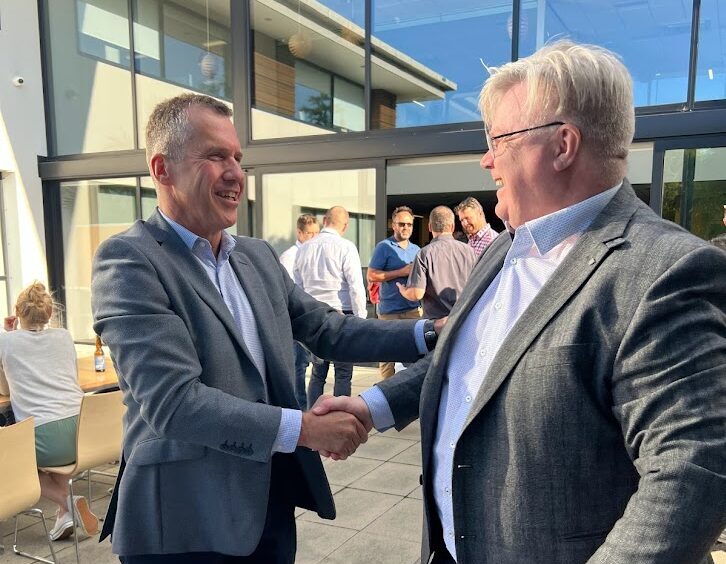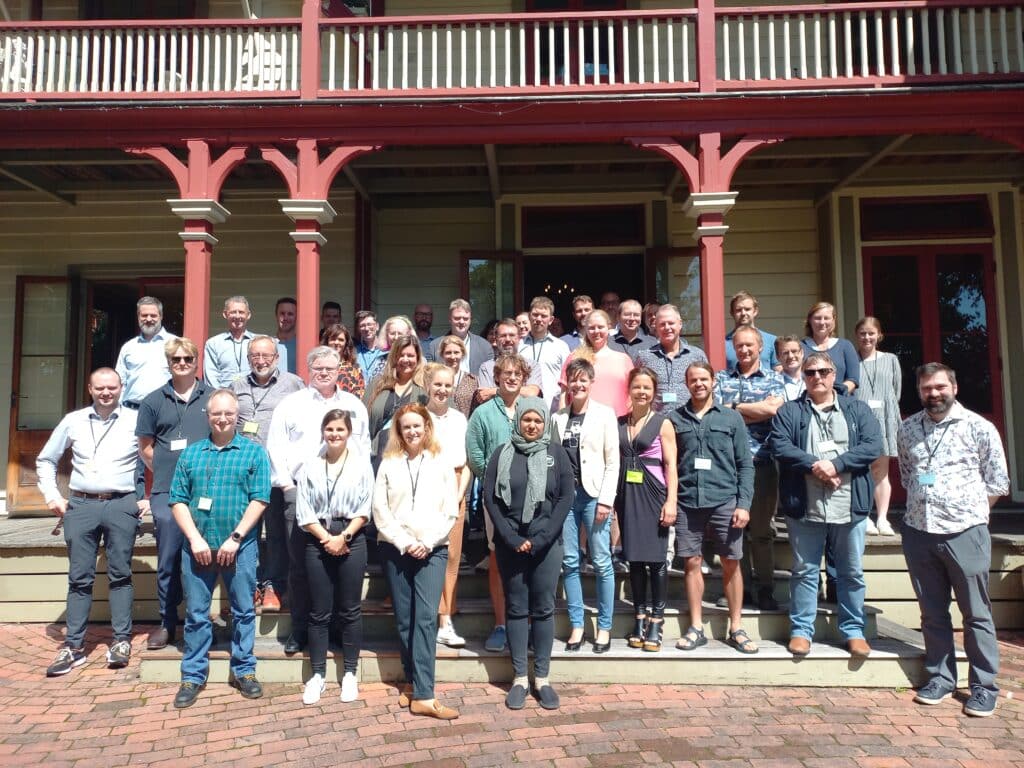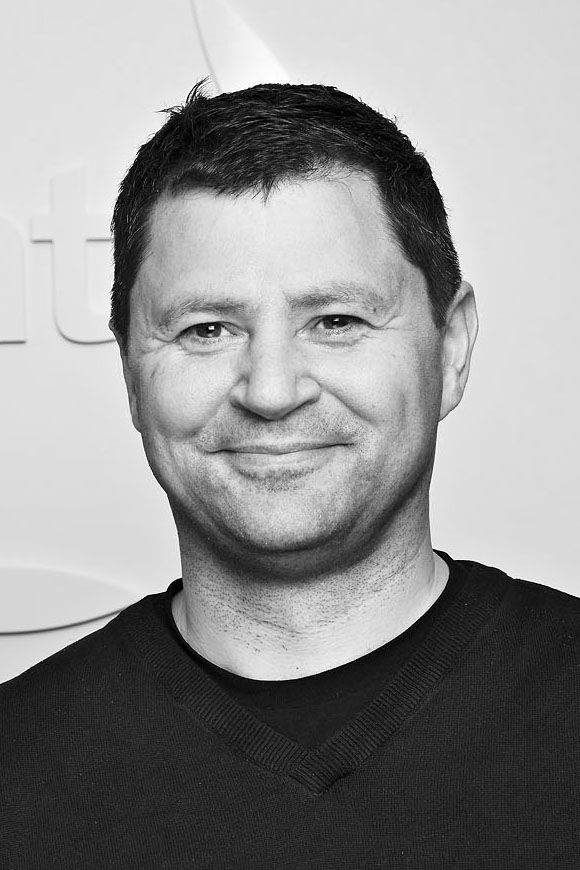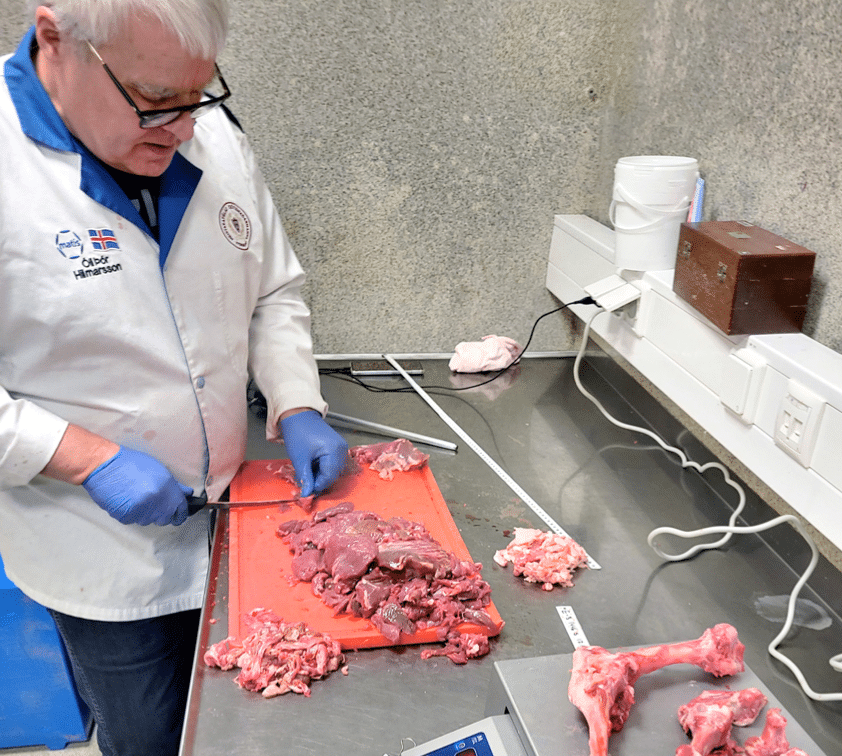It is gratifying to report that the first Green step has been achieved at Matís. The implementation of Green Steps in Matís' operations began at the beginning of 2022, and the first step was approved by the Environment Agency last Thursday, March 16.
The green steps are a total of five steps. Steps 1-4 are grouped into seven categories, each of which has a different number of actions to fulfill. The last step, step 5, concerns only the environmental management of the workplace, divided into six elements and actions.
The implementation of Green Steps at Matís does not only extend to our headquarters in Reykjavík, but all establishments must participate, in all categories and functions.
In step 1, we are starting a journey towards more environmentally friendly advantages, thinking and actions regarding Matís' operations. For example, the home ownership association needs to be informed about this journey, but it is also key to introduce the requirements of the steps to purchasing partners, storekeepers, cleaners/cleaning companies, the kitchen as well as all other establishments and staff.
The requirements of the steps are, among other things, that procurement partners always trade products, i.e. there are some advantages that have environmental certification. In this connection, it is important to know well the certification marks that are recognized and under strict quality standards.
The goal of Green Steps is to:
- Reduce the negative environmental impact of Matís' operations
- Promote the environmental awareness of staff
- Increase the well-being of staff and improve the working environment
- Reduce operating costs
- Implement priorities in environmental matters
- Actions in environmental matters are visible
The Green Steps team at Matís consists of the following passionate minds: Ásta Heiðrún Pétursdóttir, Anna Berg Samúelsdóttir, Birgir Örn Smárason, Eva Margrét Jónudóttir, Laura Malinauskaite and Justine Vanhalst.

